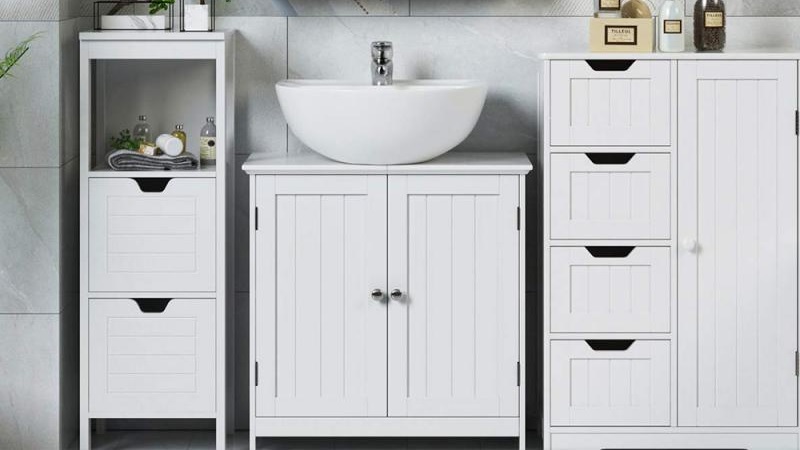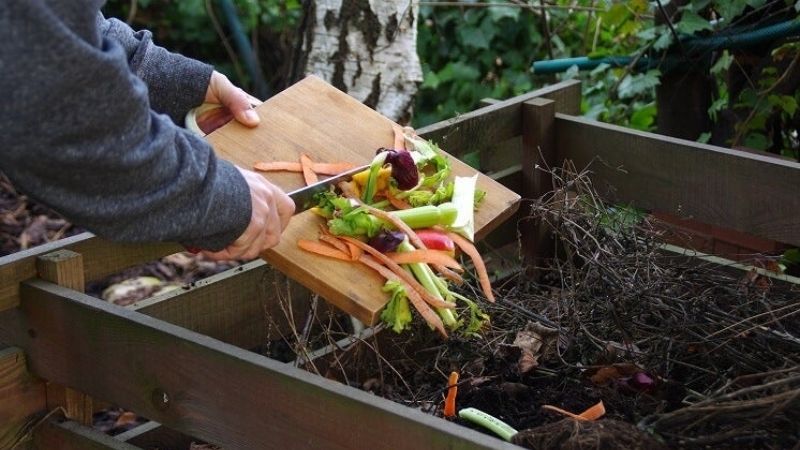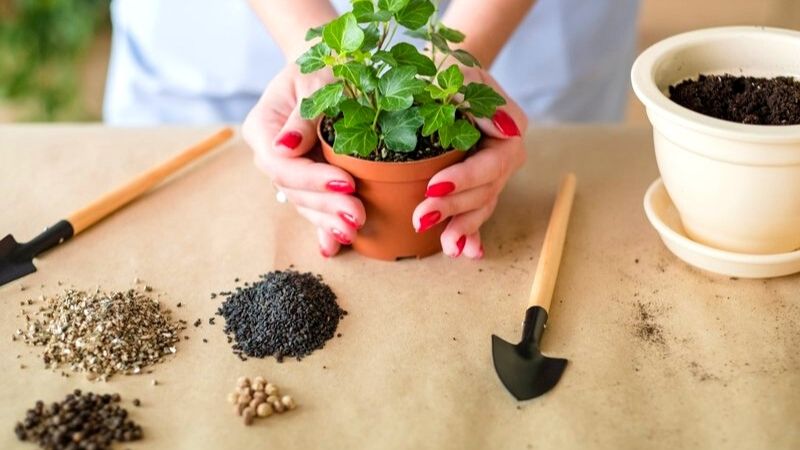The Pros and Cons of Non-Stick Cookware

Non-stick pots and pans are used by people all over the world in their daily cooking. Flipping pancakes, rotating sausages, and frying eggs are all made easier with the non-stick coating. It's great for cooking delicate items that could stick to the pan otherwise.
Non-stick coatings, on the other hand, are a source of contention. Some sites believe they're toxic and have been connected to diseases like cancer, while others claim that using non-stick cookware is perfectly safe.
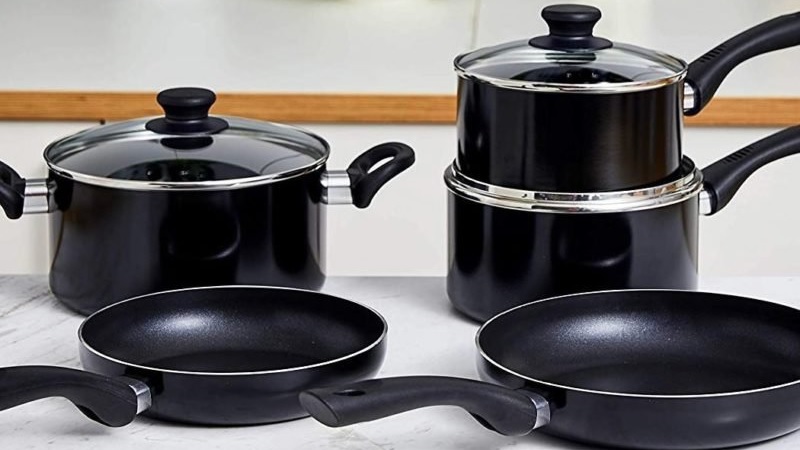
So, if you are a fan of cooking and wondering what type of cookware to go for next then this article will help you figure this out.
This guide will cover the different advantages and disadvantages of cooking so you can figure out what direction you want to go when buying your next set of cookware.
What is Non-Stick Cookware?
A non-stick surface has been designed to prevent other materials from sticking to it. Cookware with a non-stick coating helps food to brown without clinging to the pan, which is a typical application.
It makes cooking easier and cleaning up afterwards is much easier than scrubbing off all of the minute bits of food that have adhered to your pan.
Polytetrafluoroethylene (PTFE), sometimes known as Teflon, is a substance that has been used to cover non-stick cookware such as frying pans and saucepans.
Teflon is a chemical compound composed of carbon and fluorine atoms. It's been around since the 1930s and produces a nonreactive, non-stick, and nearly frictionless surface.
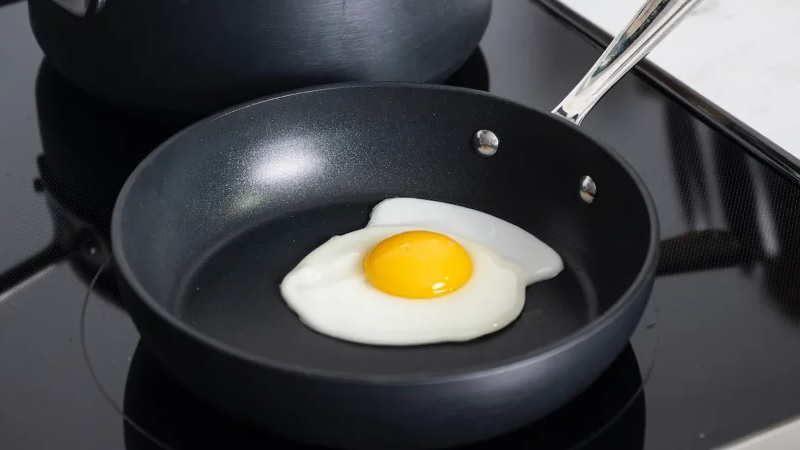
Teflon-coated cookware is easy to use and clean because of its non-stick surface. It also uses very little oil or butter, making it a healthy method of cooking and frying.
Teflon also has a variety of additional uses. Wire and cable coatings, fabric and carpet protectors, and waterproof textiles for outdoor gear such as raincoats are all made with it.
However, the safety of non-stick cookware has been under scrutiny for the past decade. Concerns have focused on a compound known as perfluorooctanoic acid (PFOA), which was once used to make non-stick cookware but is no longer utilised. The concerns of overheated Teflon were also investigated during the investigations.
Types of Non-Stick Cookware
Cookware continues to advance and include new technology, as well as different types of non-stick coatings. There are many different types of non-stick coatings to choose from on the market. It's a good idea to learn about the different types of coatings used in cookware sets before making a purchase.
The non-stick coating, like other materials used in culinary appliances, has advantages and disadvantages for humans. The numerous types of non-stick coatings and their applications are discussed in this article. You'll learn about the health benefits and risks of each of the popular cookware coatings.
Polytetrafluorethylene (PTFE) Non-Stick Cookware
PTFE is a non-stick synthetic fluoropolymer that is applied to a roughened surface. Roy J. Plunkett discovered it by accident in 1938 while attempting to develop a new chlorofluorocarbon refrigerant.
He was given a white, waxy material that was slick to the touch. This was given the name Teflon and was utilised to create the first PTFE-coated pan, Tefal, approximately 20 years later.
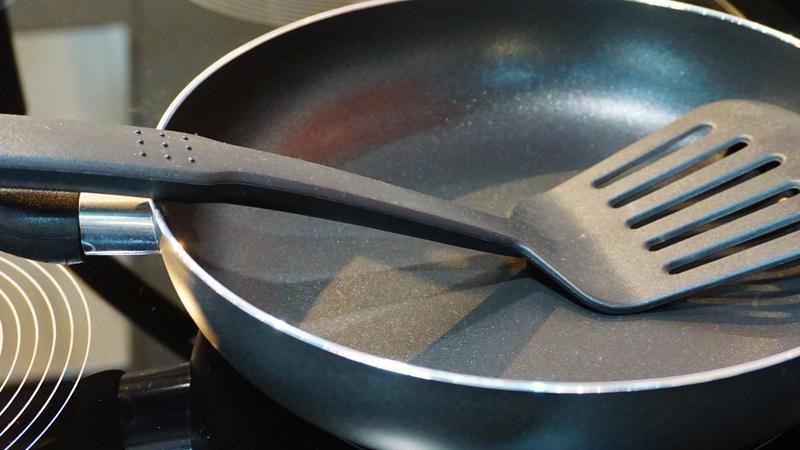
When people talk about PTFE, they often confuse it with perfluorooctanoic acid, a different molecule (PFOA). PFOA, often known as C8, is a synthetic chemical that is frequently used in the fabrication of PTFE-based non-stick coatings.
Chronic kidney illness, cancer, and a harmful influence on a male's reproductive system are among the hazards connected with PTFE. When PTFE is warmed, it emits poisonous fumes that are harmful to inhale. This non-stick coating should only be used in low-temperature cooking (no more than 260 degrees Fahrenheit).
With regular care, PTFE non-stick coating can last for 2 to 3 years. To avoid scratching the non-stick surface, always use wooden or silicone utensils. It's also better to hand-wash with a soft sponge rather than steel wool or scouring pads.
Ceramic Non-Stick Cookware
Ceramic coatings were popular as an alternative to PTFE coatings in the 1960s. It's made of a silica/clay mixture that's been hardened with binders, oxygen, reinforcing compounds, and colour. Ceramic coatings were originally made of lead and cadmium, which were later discovered to be poisonous.
The inorganic solution is first transformed into gel form using the Sol-Gel method, then sprayed or dipped onto the anodized aluminium base to create the cookware.
After that, it's fired at a high temperature to cure it. The coating application and curing process can be repeated numerous times depending on the manufacturer for a more lasting coating.
As a replacement for PTFE coatings, ceramic coatings were popular in the 1960s. It's composed out of a silica/clay mixture that's been hardened with binders, oxygen, reinforcing compounds, and colour.
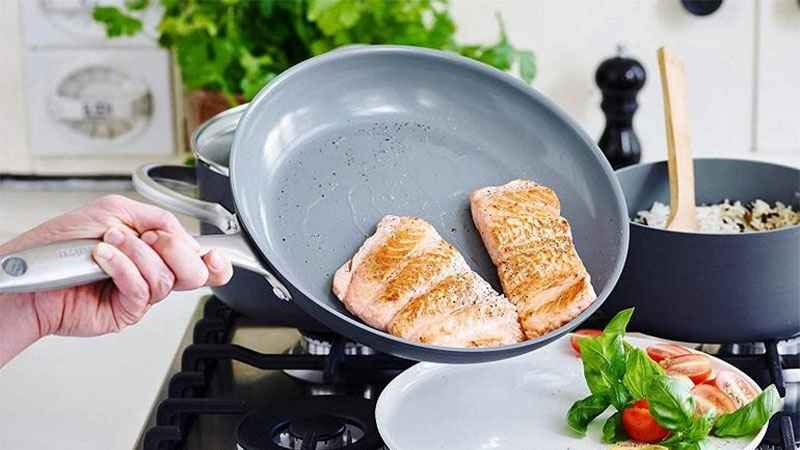
Lead and Cadmium were utilised in the first ceramic coatings, which were later shown to be poisonous.
The inorganic solution is first converted into gel form using the Sol-Gel technique before being sprayed or dipped onto the anodized metal basis. A high-heat fire method is then used to cure it.
The coating application and curing process for a more lasting coating might be done numerous times depending on the manufacturer.
Superhydrophobic Non-Stick Cookware
Although this type of coating is not widely used on cookware, some manufacturers have begun to do so. Because it features a nanoscopic layer that can resist water, this is the future of non-stick cookware coatings.
Zinc oxide polystyrene, precipitated calcium carbonate, carbon nanotube compounds, and manganese oxide polystyrene are among the materials used.
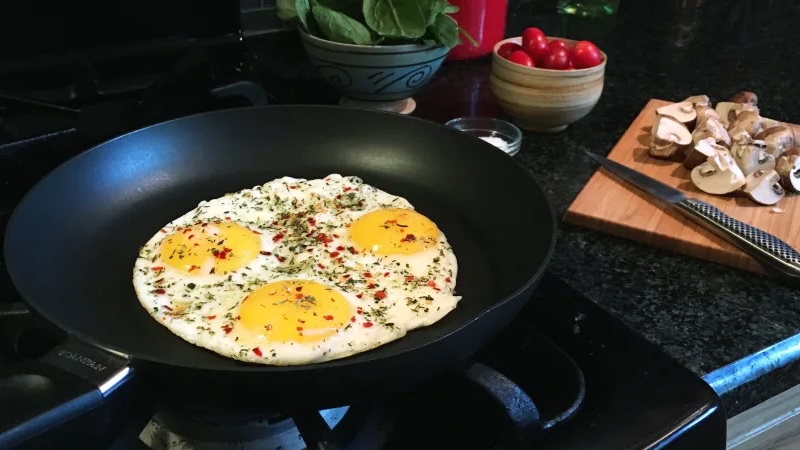
These coatings are increasingly used on vehicle windshields to keep rainwater out. It is the slickest covering, allowing water to flow off with only a 10-degree tilt.
Cookware with superhydrophobic non-stick coating is the way of the future! Scientists are currently experimenting with how to apply it on metal surfaces.
Silicone Non-Stick Cookware
Silicone is a non-stick, flexible substance that is commonly used in bakeware and kitchen utensils. It is extracted from silica, mineral quartz found in sand, by heating it to 1800 degrees Celsius. The silicone is then crushed and distilled using methyl chloride.
After that, water is added to change it into polydimethylsiloxane, which is then used to generate rubber silicone, which is used to make silicone bakeware and culinary utensils.
Because silicone resembles plastic, there has been a lot of concern regarding its safety. Low-quality silicone kitchenware and bakeware with plastic additives, on the other hand, can leach harmful compounds into your meal.
Silicone is non-toxic and does not react with acidic foods. Do the twist test to see if the product is 100% silicone. Simply use your fingers to stretch the silicone. It has plastic fillers if it changes colour.
Porcelain Enamel Non-Stick Cookware
Porcelain enamel, also known as vitreous enamel, is formed by fusing powdered glass to the foundation (cast iron) at temperatures ranging from 750 to 850 degrees Celsius (1,380 to 1,560 degrees Fahrenheit). The powdered glass melts coats the substrate and then hardens into a flawless finish.
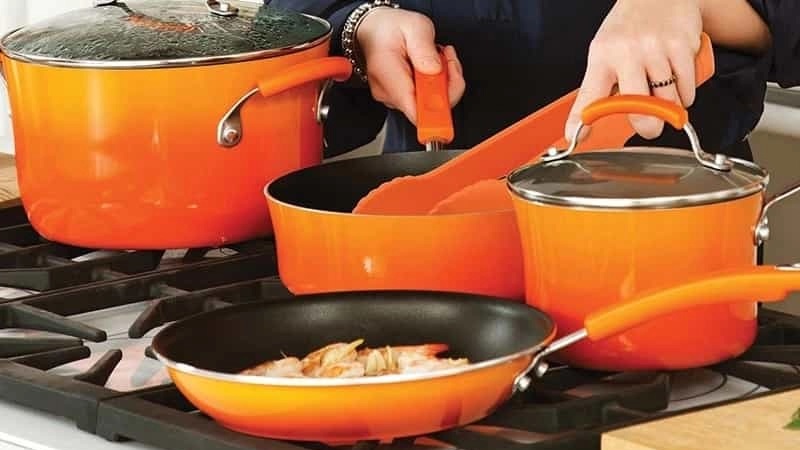
Porcelain enamel is non-toxic, inert, and free of PFOA and PTFE. The cadmium and lead-based glazes used in older porcelain cookware to give it a gleaming appearance are the sources of safety concerns regarding porcelain enamel.
Nonstick enamelled cast iron cookware allows you to cook with less oil. It's also a great option for iron-sensitive persons who are unable to use non-coated cast iron cookware due to iron overload sickness. With proper care, enamelled cast iron cookware can survive for years.
Cast Iron Non-Stick Cookware
Non-stick cast iron cookware allows you to cook with less oil. It's also a great option for iron-sensitive persons who are unable to use non-coated cast iron cookware due to iron overload sickness. With proper care, enamelled cast iron cookware can survive for years.
There are, of course, certain disadvantages. Cast iron cookware is more expensive, heavier, and more prone to chipping than bare cast iron. It also has a lower thermal conductivity.
Furthermore, silicone and wooden utensils are advised, as are unexpected temperature changes. Because the porcelain enamel coating on such cookware is delicate, it's recommended to hand wash it and avoid steel wools, which can harm the finish.
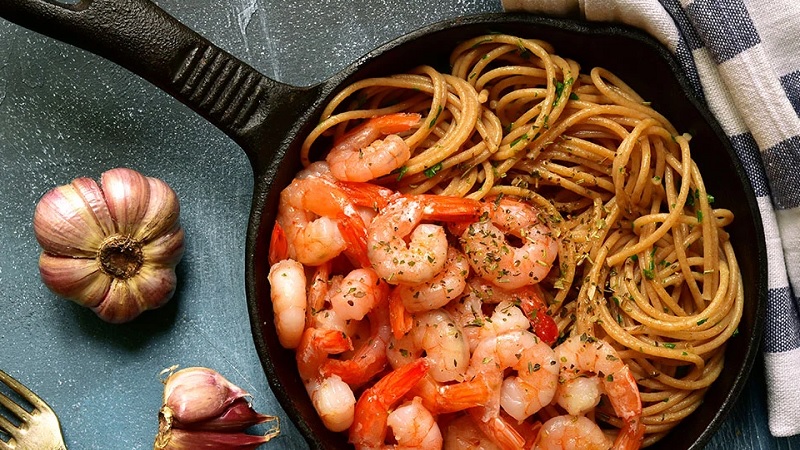
When bare cast iron is seasoned, it becomes incredibly non-stick and rust-resistant.
Seasoned cast iron cookware is one of the safest options because it doesn't contain hazardous chemicals like PTFE, PFOA, cadmium, or lead. Cookware made of cast iron can leak iron into the food.
Therefore, some doctors advise persons with anaemia to use cast iron, while others with iron sensitivity should use another type of cookware.
Thankfully, the seasoning acts as a barrier, preventing the iron from leaching. Iron leaching is more likely the longer you cook and the more acidic the meal is, regardless of flavour.
Aluminium Non-Stick Cookware
Aluminium is a reactive metal that requires processing before being used as cookware. To convert the surface of the metal into aluminium oxide, it is immersed in acid and electrically charged.
The process smooths the aluminium surface, removing any pores that could cause food to stick. Aluminium is also nontoxic, non-reactive, and heat resistant when properly anodized.
People were concerned about how much metal is leaking into their food after different research linked aluminium to Alzheimer's disease. The good news is that properly anodised aluminium is inert, which means it won't leach large amounts of aluminium.
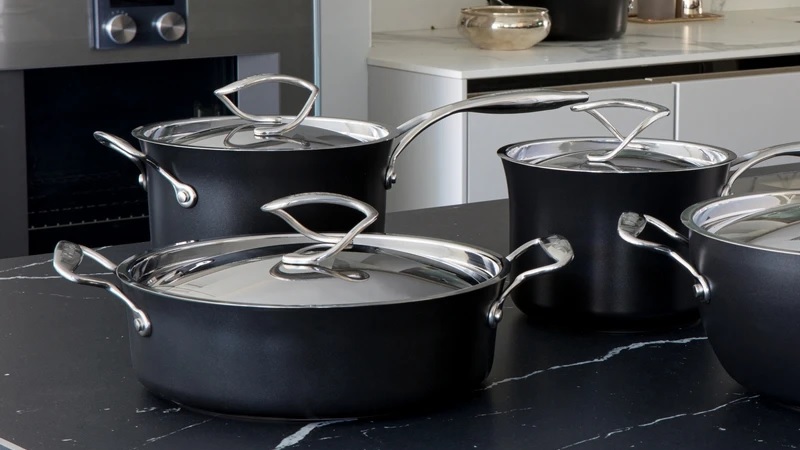
One thing to keep in mind is that the non-reactive surface of the anodized aluminium cookware is only that. This implies that if the surface is scratched, the raw metal within may encounter your food.
Only use wooden or silicone kitchen utensils with your anodized aluminium cookware to prevent this. Also, never use steel wool or other abrasive cleaners.
Pros of Non-Stick Cookware
Requires No Fat for Reduced Calories Intake
Food does not stick to non-stick surfaces since they do not require oil to prepare them. Excess calories are eliminated when fat is minimised, resulting in improved health.
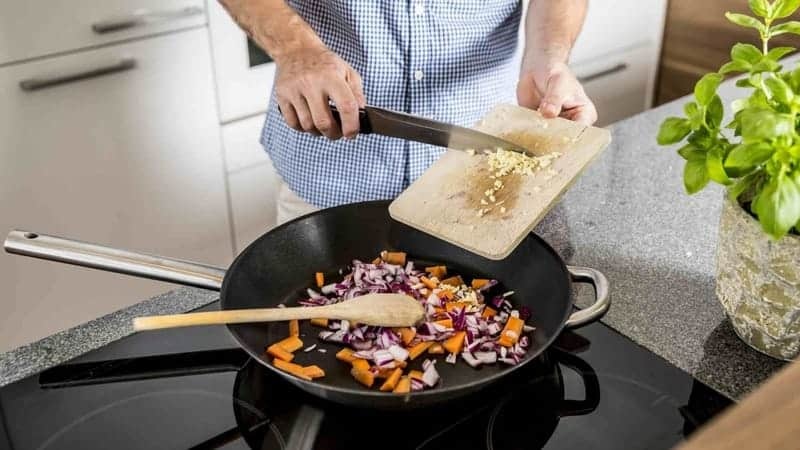
Even though fat is a necessary part of the human body, eat only what you need to receive the correct energies for a favourable impact on your body. Cooking nutrient-dense meals in a lot of oil reduces their nutritional value.
Saves Time Being Easy to Clean
Food does not stick to non-stick cookware, making meal preparation and clean-up a breeze. You can clean the interior and exterior of your cookware fast because it is designed to be easy to clean.
Scrub the interior and exterior of the pans with a soft sponge and hot soapy water. For quick and easy clean-up, the best non-stick pans are dishwasher safe.
To extend the life of your non-stick pan, read the manufacturer's instructions. To fulfil the growing demand for non-stick cookware, new non-stick surfaces with secure and scratch-resistant qualities against abrasive cleaning solutions are constantly being produced.
Scratch Resistant
If you don't want your cookware to scratch, invest in some non-stick cookware. These utensils have a scratch-resistant non-stick coating. However, you must always use a non-stick spoon or spatula when using this cookware or the coating will be ruined.
Makes Your Kitchen Look More Modern
Non-stick cookware has a more elegant appearance than steel or aluminium cookware. Adding non-stick cookware to your kitchen can give it a very modern vibe.
Non-stick cookware is now available in a variety of materials and colours, allowing you to customise your kitchen setting.
Affordable and Durable
This mix of technologies ensures that the covering maintains a high level of overall performance on the pan. Consider purchasing a frying pan that meets your needs. You have the option of purchasing a low-cost aluminium non-stick pan or an expensive stainless steel non-stick pan.
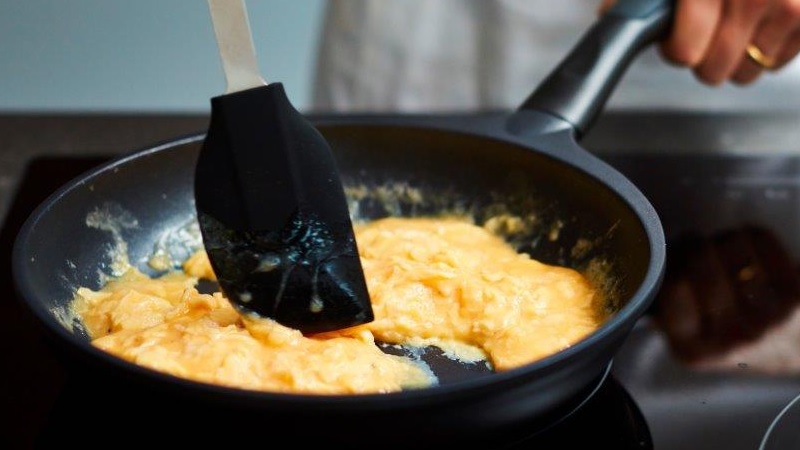
Easy to Use
Cooking with non-stick pans is usually easier to manage. It takes significantly less time to stir, rotate, or lift the food, and it's ideal for fried or even breaded recipes that require more attention.
Because you only cook with non-stick at moderate to medium-high temperatures, heat is retained, which can spoil your dinner.
Convenient
Non-stick pans are convenient and are the finest alternative for delicate foods like eggs and flaky fish kinds. Non-stick pans, unlike stainless steel or cast iron, don't require a lot of oil, butter, or lard to keep food from sticking, which can help you stick to better cooking and eating habits.
Doesn’t React to Acidic Ingredients
If you frequently cook acidic ingredients like tomatoes, your conventional cookware may release pollutants or metals into your food, which are potentially harmful to your health.
When foods are cooked in reactive pots and pans, the results have a metallic flavour. Some ingredients will even take on a different hue.
You won't have to worry about the acidity of your ingredients if you use ceramic cookware. You can cook without fear of unintentionally introducing unwanted trace elements into your dishes.
Cons of Non-Stick Cookware
For Longer Life, Wash Separately
Most manufacturers claim that their ceramic pots and pans may be washed in the dishwasher. This is correct, and they can certainly be washed in the dishwasher.
It is recommended, however, that you wash them by hand. Also, avoid using abrasive scrubbers or dumping them in the sink with other unclean utensils and wares. The goal is to get the most out of your ceramic cookware for a longer period.
Must Care with Storage
This is a problem that can occur with ceramic, enamel, and porcelain finishes, but it can be avoided with proper care.
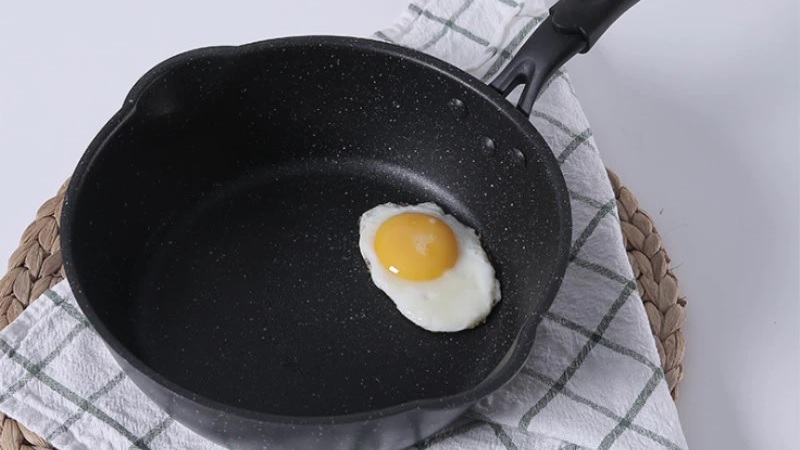
If you have the space, separate each ceramic pot and pan when storing them, as opposed to a drawer full of metal pots and pans. Alternatively, put pan covers between each piece.
Not the Best for Browning Meat
Although certain ceramic non-stick cookware will do the job, it is not the greatest equipment for browning meats. So, if you enjoy eating meat a lot then maybe don’t consider getting a non-stick pan as they are known for not cooking meat the way people enjoy.
Must be Discarded When Beginning to Chip and Flake
These pans start to chip and flake as they get older due to the amount of use, they do. They should be thrown if they do, or if they become scratched because the chemical non-stick coating can flake into your meal which then becomes a health hazard.
Toxic Fumes
Non-stick pans may break down substantially faster at very high temperatures (350°C and above), producing fumes powerful enough to cause polymer-fume fever, a transient flu-like disease defined by chills, headache, and fever.
Pet birds, whose respiratory systems are more delicate than ours, can be killed by these chemicals. As a result, it's better to avoid using non-stick pans for high-heat cooking.
Short Lifespan
Some ceramic cookware loses its non-stick surface in as little as six months, especially if you use it every day. In comparison to other kitchen options, the Thermalon coating tends to wear out quickly.
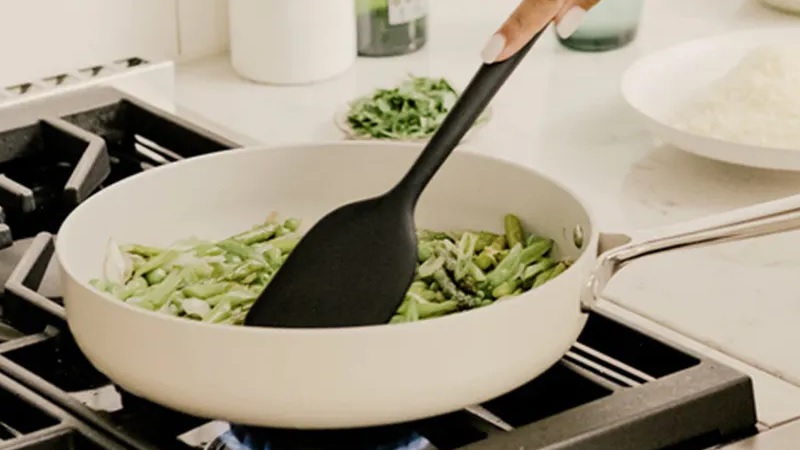
This disadvantage is not limited to a single manufacturer or a single type of product. It's a problem that affects the entire sector, and there's lots of room for technological advancements.
Tend to be Thinner
When using ceramic cookware on the cooktop, it is common for it to be thin and flimsy. Some home cooks choose lightweight pans because they make it easier to prepare many dishes at once without having to haul cast iron pans between burners.
If you're a heavy user of pots and pans, you'll want to look for a device with triple-ply construction to avoid accidentally damaging your investment.
Not Compatible with Metal Utensils
Other non-stick cooking surfaces are more delicate than thermal. Even if you run a metal fork across the surface, it scratches readily.
If you wish to avoid scratching, don't use any metal utensils when cooking in these pans. Your finest options are nylon or wooden ones. If you only have metal spatulas, you should consider switching to a stainless steel or cast-iron pan instead, as these materials do not have this disadvantage.
Final Thoughts!
You'll see that non-stick cookware offers both advantages and disadvantages at this stage. It isn't necessary to choose between the two options. You may create the ideal kitchen by using a combination of stainless steel and non-stick cookware.
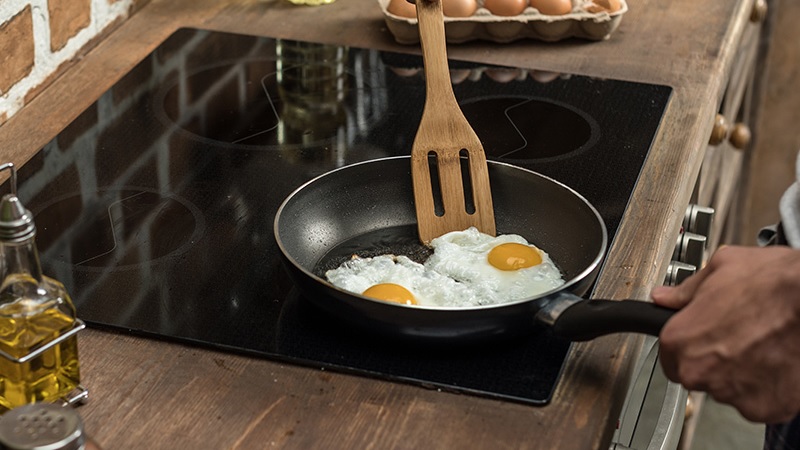
If you want crispiness, browning, and deglazing, a regular pan is a way to go. If delicate seafood, eggs, and oil-free cooking are important to you, non-stick cookware is the way to go.
This brings us to the conclusion of this blog. We hope it has aided you in deciding what cookware to purchase for your home.

